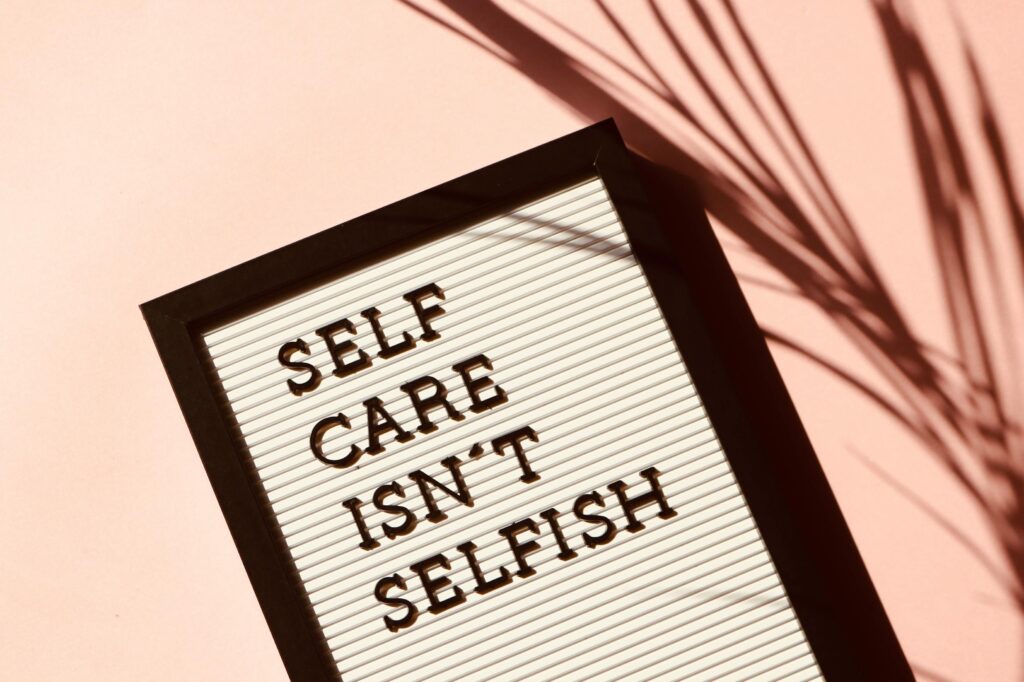How To Conduct A Mid Year Review As A Writer, Creator or Blogger


The middle of the year is naturally a great time to look back on the first 6months and plan your goals for the following 6. I’m sure I’m not the only creator thinking about how my year is going.
Goals for my personal life are much easier to arrive at because they’re mostly based on whims and lots of petty desires like 1) achieving a natural BBL with less than zero effort in either diet or fitness and 2) planting seeds of jealousy everywhere I go on account of my charm and beauty.
For my professional aspirations, however, I find it really useful to take a more thought out and thorough approach when it comes to blogging, freelancing and writing.
In light of that, today I will share a 10-step method for conducting a mid year review as a creator. This is a method that can be adopted or adapted according to whatever type of creator you are. Either way, it will definitely assist you in bringing focus to the remainder of your year.
10 Tips For Your Mid Year Review
1. Consider your broader mental health and circumstances

Before you begin your retrospective, the most important thing is to have perspective. Mid yearfatigue should not let you think the first half of your year was a failure. Nor should it blind you to what ways you could have been better.
Also, when looking back upon the year, don’t be tempted to punish yourself for circumstances out of your control. If some failures were because, oh I don’t know, you were living through a pandemic then please don’t admonish yourself for not hitting all your targets. You are a human being and you will make mistakes. Your mid year review is an opportunity for growth and not a tool for disrespecting yourself.
2. Look Back at What Goals You Achieved
The second step to a mid-year review is to look at what you managed to achieve from your list of goals so far. What did it take? How can you maintain your momentum? Is there a way to leverage your accomplishments into more/greater successes? Don’t forget to give yourself a pat on the back either.
3. Look Back at What Goals You Failed to Achieve
Next, you’ll want to have an honest look back at what you weren’t able to achieve. Why weren’t they possible? Were they SMART goals — specific, measurable, achievable, relevant, time-bound? Are you in a position to give your failed goals another try or would it be better to do away with them altogether?
4. List Your Successes Down
The next step is to reflect upon your successes of the past 6 months. Here, you are not looking at what goals you attained but the accomplishments that were outside of your goals. During this step, you’re looking to identify successes to build upon or replicate for the rest of the year. Just like with the goals you met, think about how you were able to pull off these successes, what was required and whether you can do it again.
5. List Your Challenges Down
Next up, it’s time to reflect on what set you back. How were you able to overcome them and how can you avoid them in the back half of the year? If you can’t avoid them, how can you prepare for them?
6. Review how your goals align with each other

The next step is to assess your goals — accomplished or failed — in the context of your overall aspirations. Are your short term goals aligned to your long term ones? Is there a need to change either? Of the goals you achieved, what has progressed your long term objectives. Of the goals you failed, what put your long term aspirations into jeopardy.
7. Conduct a SWOT Analysis
Now that you have reflected on your efforts from the outgoing year — what worked and what didn’t — it’s time to identify your Strengths, Weaknesses, Opportunities and Threats. Working these out will assist you to you make SMART-er goals that have a greater chance of being accomplished.
8. Crunch the Numbers
In this step, you’ll need to review the cost of your creative efforts and assess whether they still make sense. When I say cost, I don’t just mean money you spend, but the hours you put into your work as well as the level of effort. Why is this important? Well before you can refine or draw up a new list of goals for the rest of the year, it’s important to decide on what costs to keep investing in and what costs to eliminate.
9. Review your capacity
The penultimate step for your mid-year review should be having an honest conversation with yourself about what you were able to do. I’ll give you a personal example. This year, I could have done a lot more…in theory. The reality is that as an ADHD addled adult who isn’t on medication, I actually went above and beyond. It’s important to keep this into perspective because otherwise, my failures might seem grander than what they actually were. Moving forward then, I need to be honest about what I will be able to do and keep my goals within that. Before you embark on goal setting, be truthful about your capacity to work toward those goals.
10. Decide what needs to change (and what needs to stay the same)

With a mid year review conducted, and as you set your goals for rest of the year, make decisions about what changes to make to achieve what’s on your list. In the same vein, if a strategy is working for you, then make decisions about how to keep that going. Use your insights from the first half of the year to grow and maintain in the next half.
There you go — 10 Simple Steps To Do a Mid Year Review as Creator.
Are you doing a mid-year review? I highly recommend it if your answer isn’t yes. It will make your upcoming plans so much clearer and focused.
Do you have any top tips for reflecting on the first half of your year? Sound off in the comments





